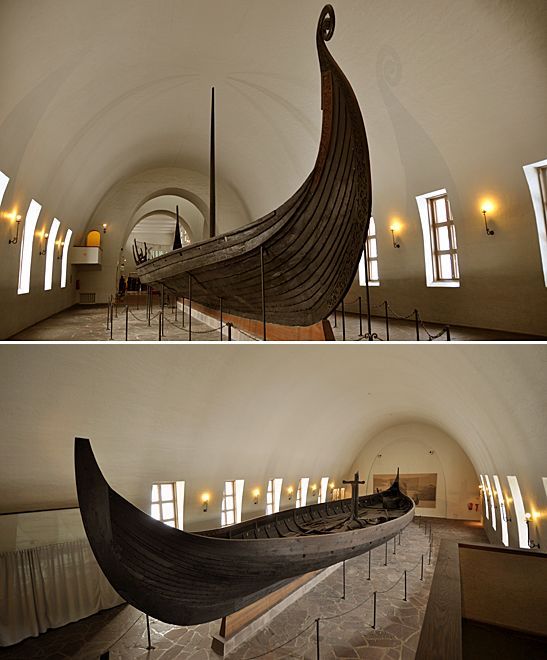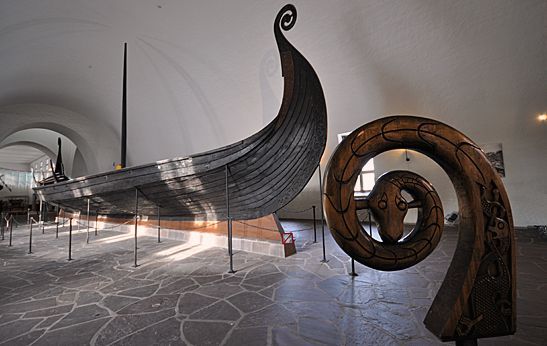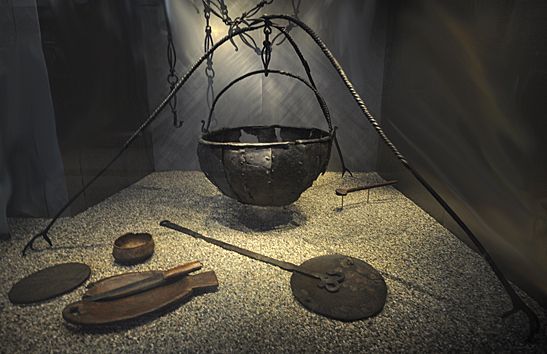- Revenue Cycle Management
- COVID-19
- Reimbursement
- Diabetes Awareness Month
- Risk Management
- Patient Retention
- Staffing
- Medical Economics® 100th Anniversary
- Coding and documentation
- Business of Endocrinology
- Telehealth
- Physicians Financial News
- Cybersecurity
- Cardiovascular Clinical Consult
- Locum Tenens, brought to you by LocumLife®
- Weight Management
- Business of Women's Health
- Practice Efficiency
- Finance and Wealth
- EHRs
- Remote Patient Monitoring
- Sponsored Webinars
- Medical Technology
- Billing and collections
- Acute Pain Management
- Exclusive Content
- Value-based Care
- Business of Pediatrics
- Concierge Medicine 2.0 by Castle Connolly Private Health Partners
- Practice Growth
- Concierge Medicine
- Business of Cardiology
- Implementing the Topcon Ocular Telehealth Platform
- Malpractice
- Influenza
- Sexual Health
- Chronic Conditions
- Technology
- Legal and Policy
- Money
- Opinion
- Vaccines
- Practice Management
- Patient Relations
- Careers
Oslo's Vikings: Going Down to the Sea in Ships
The excavated ships dominate the floor of the Viking Ship Museum in Oslo, but they are not the only artifacts there showing how these people lived and died.
Photography by the authors
Strange that the Vikings were Europe’s last holdout to Christianity when Psalm 107:23 suggests religion might have given them comfort, as it was possibly addressed to their needs: “They that go down to the sea in ships, that do business in great waters … He maketh the storm a calm, so that the waves thereof are still.”
Insight into the Vikings, however, is better gained in the great nautical exhibit devoted to them in Oslo. It’s known simply as the Viking Ship Museum. It is, of course, more than ships, but they dominate the floors.

The Oseberg Ship dramatizes the entry. Built between 815 and 820 A.D., it is the oldest of the three on display although it was the most recently excavated (in 1904). It’s also the best preserved, which is one of the reasons it’s been the most interesting to marine archaeologists. The other reason is that the 72-foot-long ship turned out to have been a royal pleasure craft used as a grave ship for a woman of high rank who died in 834 A.D.
All three ships had been plundered by grave robbers in ancient times, but enough was found well preserved on the Oseberg to fascinate researchers. In contrast to the other two ships, which had male corpses, the Oseberg had a woman buried with her female slave and a lot of items the deceased would take into her next life. The items delighted archaeologists: the ship, a carriage, two oxen, four dogs, four sleighs, five animal head poles and 15 horses.

The Gokstad mound, when excavated in 1880, revealed the skeleton of a male Viking chief and a 79-foot-long ship that was incredibly sturdy and probably a warship capable of long ocean journeys. A sign at the museum declares that “A ship that has to be bailed [only] three times in two days is fit for any type of sea voyage.” The mound contained the Gokstad ship, a peacock, three smaller boats, six dogs, 12 horses and the remains of 64 shields, which had been attached to the outer railings.

The third ship, or rather its remains, is the Tune Ship. Excavated in 1867, the ship was badly damaged and poorly preserved due to inadequate burial. The concept of the Viking Funeral, a burning ship sent out to sea, is more Hollywood than history, although it occasionally did happen. The usual protocol was to place the deceased in a tent-like burial chamber on the ship then bury everything deeply covered with blue clay that kept out air and light, and then cover the whole with many layers of sod that gave further protection.

All that said, the Osberg ship commands most interest not only for how it looks —
majestic with a neck like a swan —
but because of its artifacts and what some have called “its pagan contents.”

However, there’s nothing pagan about a 10-gallon cooking pot that’s 1200 years old. Meals on the warships in coastal waters were probably cooked on land.
“Along the coast they’d boil their porridge and roast their stolen sheep then sleep on land,” say the guide. “On long ocean voyages they’d eat dried food with the stored water.”

Although the grave robbers took any jewelry and gold in the grave, many items, almost all from the Oseberg are still of considerable curiosity and are now displayed in a wing of the museum: a wagon in immaculate condition, wooden animal heads from a tent, a rattle, a riding crop —
and two magnificent animal head posts that may have been carried in some type of procession or ceremony.

The last photograph has items of interest (sandwiched between our image of a ceremonial Viking sled and the building that houses the Viking displays). The skeletons.
The skeletons are small female bones —
laid out along the painted shape of a woman’s body —
from the Oseberg and the heavier male bones from the Gokstad. The women’s remains were found quickly when the Oseberg was excavated in 1904 and examined by experts in the years that followed.
There were academic arguments as to whether the remains should be re-buried or kept for scientific research. In the end they were reburied after World War II in 1948 and excavated again in 2007 to verify that the attempts to keep water out of the original stone sarcophagus had been successful. They had not.
Further research suggests the older woman was around 80 and the presumed slave, (originally thought to be about 25) was probably about 50 years old. The bones show how much shorter people were in the past. The younger woman had broken her clavicle a few weeks before she died. The older woman had osteoporosis, compression fractures of the lumbar vertebrae and two fused neck vertebrae. A knee meniscus had been injured and her skull frontal bone was thickened presumably, say the medical researchers, due to Morgagni’s syndrome. She had bone metastases. which “make her the oldest cancer registration patient in Norway.”
It was hoped that DNA studies could tell if the two women were related and whether the male chieftain from the Gokstad was a member of the same family, but it seemed that all the skeletons had little of the original DNA left in them or more likely there had been some pollution from earlier handling. The museum hopes that future element and isotope studies may give more information.
More can be determined about the Gokstad man. He appears to be about 40 and was 5 foot 11 inches. In the skull the sella tursica is flattened and the double-sized bones suggest he was acromegalic. How did he die? He was killed! His lower limbs show three cutting injuries. One, probably a sword stoke, cut the inside of his left knee, another severed his right tibia and the third strike, a stabbing injury in the right inside thigh, probably made him bleed to death from the femoral artery. The bones show no healing. He probably died in battle.
Of further interest is the significant degree of degenerative arthritis of the knee and greater trochanter of the femur. Those appearances have nothing to do with the time span his remains spent in the soil; elsewhere the bones are pristine.
almost
If we go from Psalm 107 to the poet John Masefield, he got it right about those mariners: “I must go down to the seas again,” he wrote, “To the lonely sea and the sky…”
he
never
Except in his poem he says was going “down to the seas again to the vagrant gypsy life,” and the Vikings may have been aggressive farmers who ran out of land but they were vagrants!
The Man Who Cried Orange: Stories from a Doctor's Life.
The Andersons, who live in San Diego, are the resident travel & cruise columnists for Physician's Money Digest. Nancy is a former nursing educator, Eric a retired MD. The one-time president of the NH Academy of Family Practice, Eric is the only physician in the Society of American Travel Writers. He has also written five books, the last called
